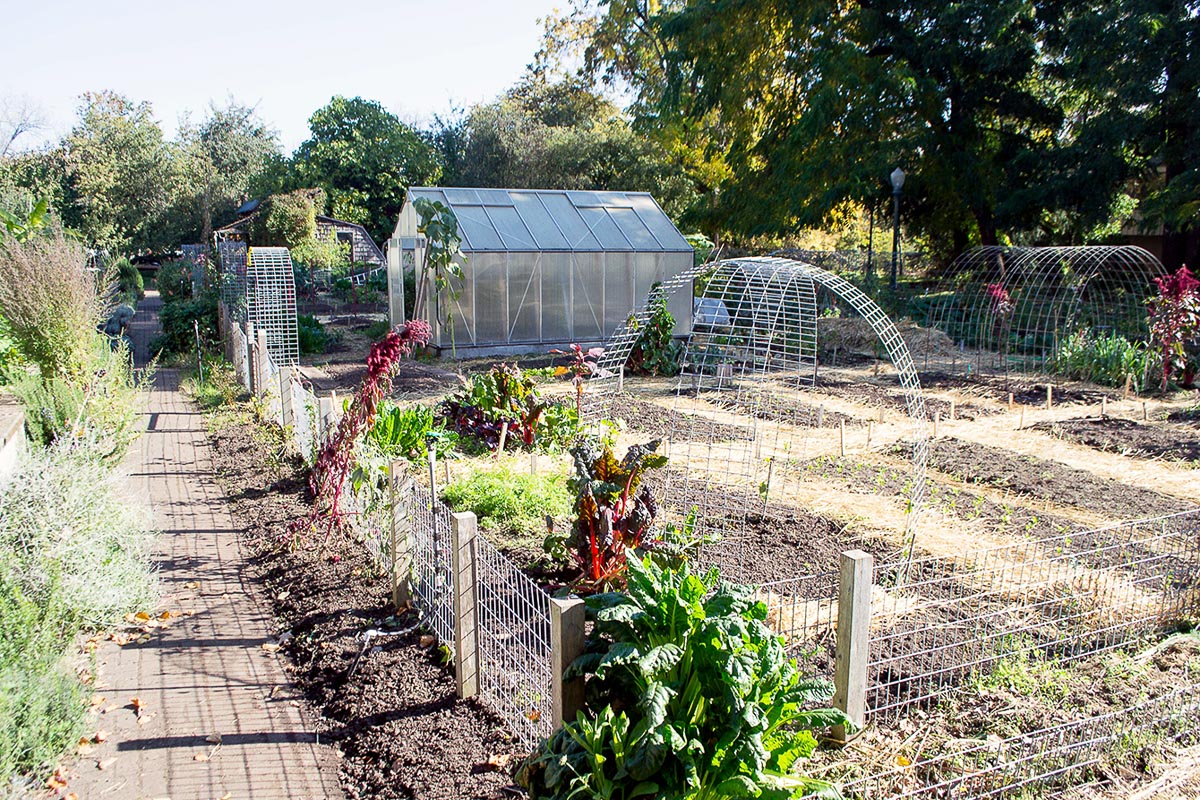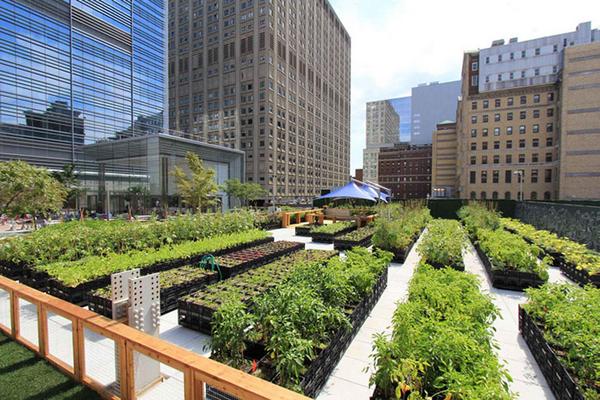The Of City Blooming
The Of City Blooming
Blog Article
City Blooming Things To Know Before You Buy
Table of ContentsAll About City BloomingCity Blooming for BeginnersThe Ultimate Guide To City BloomingCity Blooming for DummiesCity Blooming Fundamentals Explained
Fascinated in growing food to buy in the City of Chicago? Considering beginning an area yard? Adjustments to the Chicago Zoning Ordinance allow farming uses like community yards and city farms in numerous parts of the city. Below is a listing of often asked questions regarding the policies and guidelines that farmers should think about when planning a city agriculture task.
The zoning change does not customize any various other codes managing composting, building permits, buying or leasing City possessed residential or commercial property, organization licenses or ecological contamination. There are existing codes that control these problems and they continue to be in full result and may be suitable to your project. Neighborhood gardens are usually possessed or handled by public entities, public organizations or community-based companies and kept by volunteers.
Urban farms expand food that is intended to be offered, either on a nonprofit or for-profit basis. Due to their commercial function, city ranches require an organization certificate.
City Blooming - The Facts
Composting is permitted but just for plant product that is generated and made use of on website. The amount of compost material can not exceed 25 cubic yards at any kind of offered time according to the criteria in 7-28-715 of the City's Municipal Code. Yes. Because the soil at the majority of brand-new yard websites requires changing, garden compost, dirt, timber chips, or various other products can be obtained to build or improve the growing space - fruit and vegtables.

If a structure authorization is called for after that the hoophouse will be thought about an accessory building. You can locate out even more about the building authorization requirements by contacting the Division of Structures. The 25,000-square-foot dimension restriction is planned to stop a single neighborhood yard from dominating a given block or interfering with the block's existing household or business personality.
The limitation does not apply to yards found in Public Open Space (POS) districts. Can there be even more than one neighborhood garden that is 25,000 square feet on a solitary block? Fence is not needed, however, yards that have huge car parking locations might be called for to mount fencing or various other landscape design features.
Some Known Facts About City Blooming.
B1 & B2 areas need that all commercial usage activities be performed indoors. R areas limit business activity. The laws show the function and intent of the Zoning Code. Is secure fencing required for city ranches? Yes. Fences may be required, in addition to landscaping and testing, for sure parking lot and exterior job or storage space areas depending on place and the details task occurring.
Urban ranches call for building licenses and zoning approvals prior to construction (sustainable gardening). Other forms of city review may be called for depending Find Out More on specific structures, tasks, dimension, landscape design, licensing, public health and stormwater monitoring issues.
Yes. The kind of permit is established by what is taking place at the website. The Department of Service Matters and Customer Protection can help identify the particular type of business permit that's needed. Yes. Off street auto parking is required for a lot of business jobs in Chicago. The needed variety of garage is based on the number of employees dealing with website and not the square video of the growing room.
The Definitive Guide to City Blooming

Yes. A city farm can offer compost product produced on website, nevertheless, the procedure has to follow the regulations in 7-28-715 of the Chicago Municipal Code. Yes. Aquaponic systems are allowed indoors on city ranches in numerous zoning districts. Nevertheless, a zoning review and structure authorization is called for in order to install frameworks or systems and a company license is required as explained above.
Approximately 5 hives or swarms of honey bees may be maintained as an accessory usage. Beekeepers need to sign up with the Illinois Department of Farming. For additional information about the suggested zoning change you may get in touch with the Division of Housing and Economic Development, Bureau of Preparation and Zoning at 312.744.8563.
Farming in cities and city areas An urban ranch in Chicago. Urban agriculture describes various practices of growing. https://www.metal-archives.com/users/cityblooming, handling, and distributing food in city areas. The term also uses to the location tasks of pet husbandry, aquaculture, beekeeping, and horticulture in a metropolitan context. Urban agriculture is identified from peri-urban agriculture, which occurs in backwoods at the side of suburban areas.
How City Blooming can Save You Time, Stress, and Money.
It can include a motion of natural cultivators, "foodies" and "locavores", who look for to create social networks founded on a shared values of nature and community holism. These networks can develop by means of formal institutional assistance, ending up being incorporated into neighborhood town planning as a "shift town" movement for sustainable metropolitan development.
In either instance, the extra straight access to fresh vegetable, fruit, and meat items that may be understood via city agriculture can enhance food safety and food safety while decreasing food miles, leading to lower greenhouse gas exhausts, thus adding to environment change reduction. Several of the very first proof of urban farming originates from Mesopotamia.
Report this page